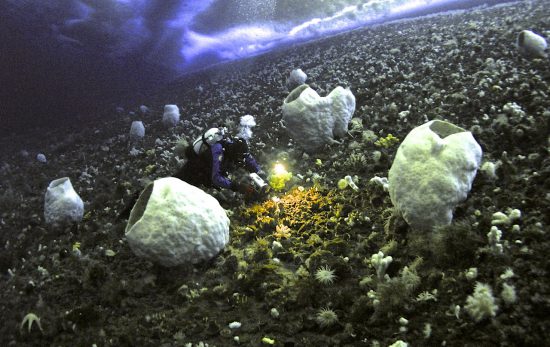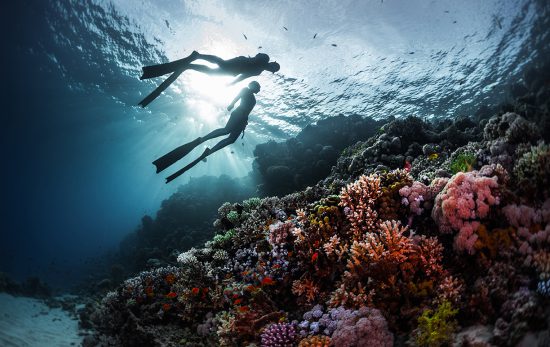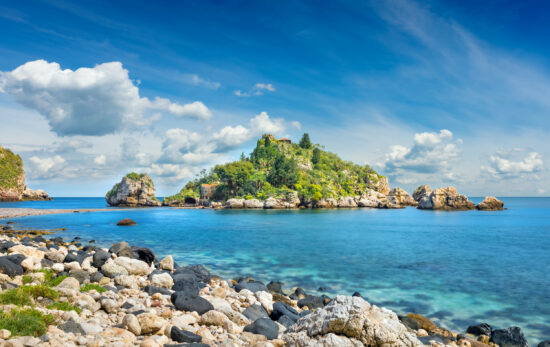Written by Sophie Gaze
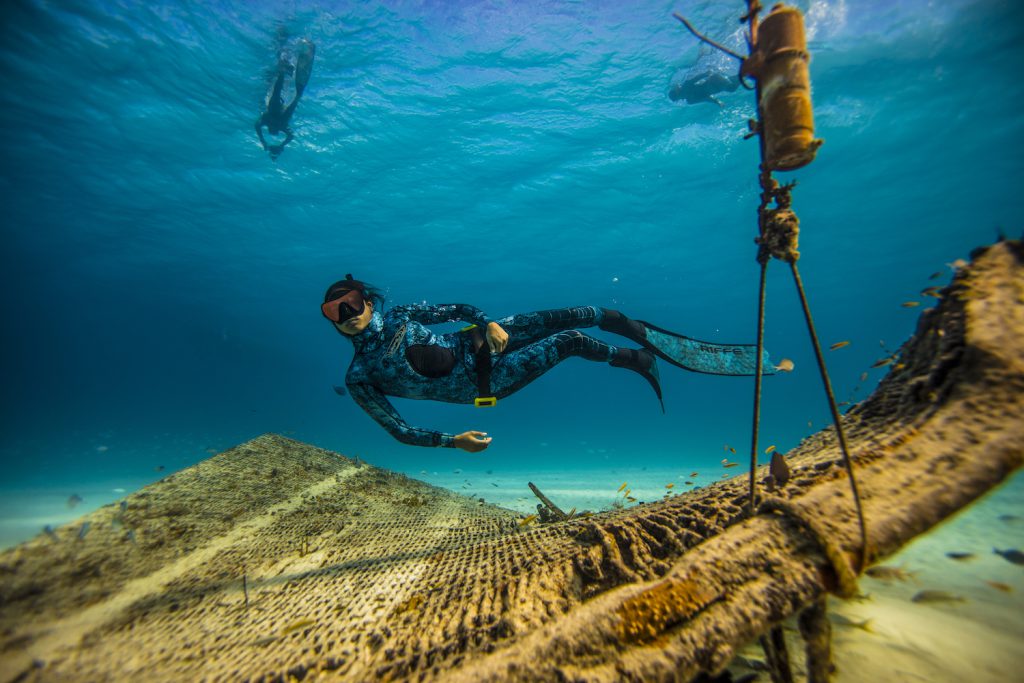
I caught the freediving bug, without knowing it, when I was a newly certified PADI Open Water Scuba Instructor working in Hawaii. One of my salty-dog coworkers told me that once I had mastered the recreational world of scuba, the next phase would be to “lose the tank.” He was referring to the alluring world of freediving, which had not yet been commercially developed. At the time, my scuba ego was quite inflated and I disagreed with him. I considered myself a proficient snorkeler and I could skin dive to about 20 feet to set a mooring line. I was already a freediver in my opinion.
I did not revisit the matter until many years later when one of my job requirements was to film underwater video on a breath hold dive. I wanted to be good – like really good – so, acting on impulse, I signed up for my first freediving course down in South Florida. I was hoping to extend my bottom time, but not really expecting to take away much else from it. I quickly learned that snorkeling and freediving were about as comparable as parasailing and skydiving: the former, a leisurely activity that can be enjoyed after a few cocktails by the pool on holiday, the latter, an extreme sport that requires training, concentration, and technique.
As the sport of freediving increases in popularity, the once blurry line between the recreational worlds of snorkeling and freediving is becoming more defined. The two are not one and the same, and that misconception could ultimately cost someone their life.
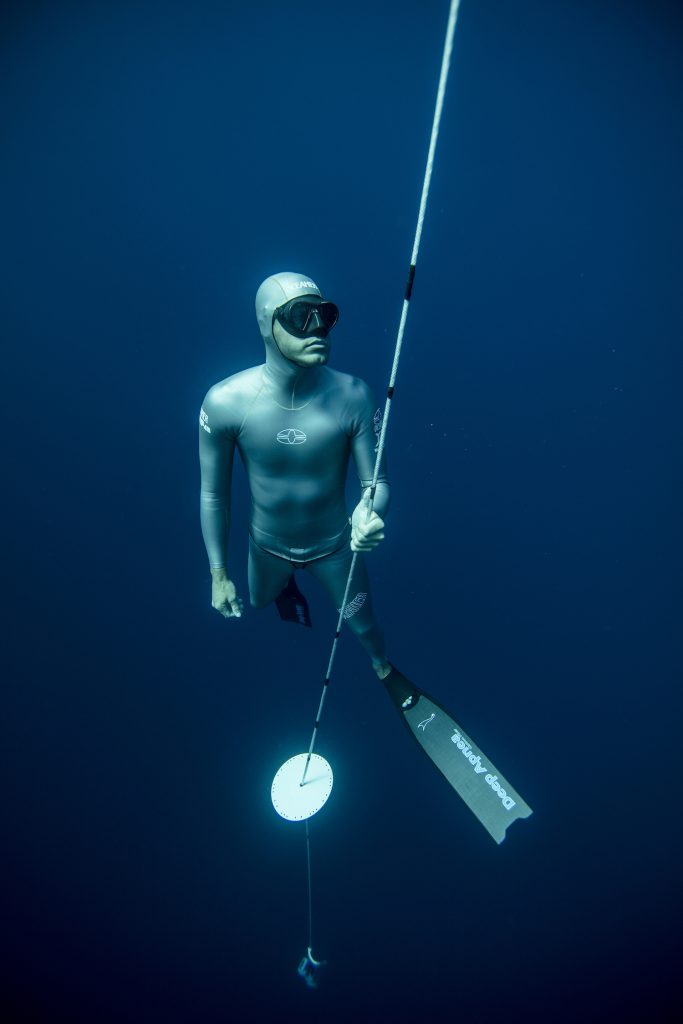
For me, snorkeling has always been a laidback activity that I participated in while on holiday with my family at the beach or on a boat trip. I think I put my first mask and snorkel on before I was even potty-trained. Snorkeling can be enjoyed by those of all ages, requiring minimal equipment and training in exchange for the incredible chance to gaze into the underwater world. This activity calls for basic knowledge of the importance of buddy pairs, how to respect marine life, and how to evaluate ocean patterns such as tides and waves. Snorkeling equipment ranges from affordable masks, fins, and snorkels that you can find at department stores, to more sophisticated equipment manufactured with high quality, long-lasting materials. Buoyancy compensation vests are also optional and can make an uncertain swimmer feel more comfortable in the water. Not all snorkelers necessarily want to become scuba divers or freedivers.
Let’s return to my Hawaiian colleague’s “losing the tank” concept for a moment. Freediving is an extreme sport where the diver performs a dive on one breath without surfacing. This sport is pursued by daring enthusiasts for a number of reasons, one being competition. Freediving competitors are the extraordinary men and women who push their personal limits by holding their breath longer and diving deeper. Freediving is appealing to the competitive spirit because at the end of the day, the only person you’re competing against is yourself. And, whether your last dive was to 60 feet or 200 feet, it’s still an accomplishment every time you break a new personal best. And some, like myself, simply enjoy the relaxing sensation of being underwater, the freedom of minimal equipment, and the proximity to marine life that freediving allows.
Unlike snorkeling, freediving requires extensive training, both in the classroom and in the water. Sure, anyone can put on a mask and fins and dive down below the surface, but the knowledge of what is happening to your body as you make that move could be the deciding factor between life and death. Before I even set foot in the water, I knew I was in way over my head just from the classroom sessions of my first freediving course. Students are introduced to the fundamentals of breathing techniques, physiology, and safety in order to be successful once you hit the pool.
Whatever the objective, freediving must be taken seriously and requires training before attempting to dive. The PADI Freediver course is recommended for ages 15 and up, and requires mask, snorkel, fins, and you may also use a wetsuit and weight belt. The risks and hazards are also more serious than snorkeling, and therefore safety is the most important component of a freediving course.
Most divers take a freediving course with the single hope that they will extend their bottom time, but they will also gain lifesaving knowledge. Without following the safety protocol, what could have been a simple rescue with the proper training, could escalate into a serious emergency without proper training. Fortunately for freedivers, the rudimentary safety techniques are quite simple and, if followed correctly, educate participants on how to swiftly rescue their buddy in times of trouble.
While the risk is greater in freediving compared to snorkeling, the reward is equally increased. For me, there is no feeling more liberating than immersing yourself in the sea with minimal equipment and exploring the underwater world from a perspective that makes you almost feel a part of the aquatic life surrounding you. Freediving is a challenge certainly, but with the proper training and safety measures, it is an experience like no other.
Considering the PADI Freediver course? Check out these 8 Tips for Beginner Freedivers.
